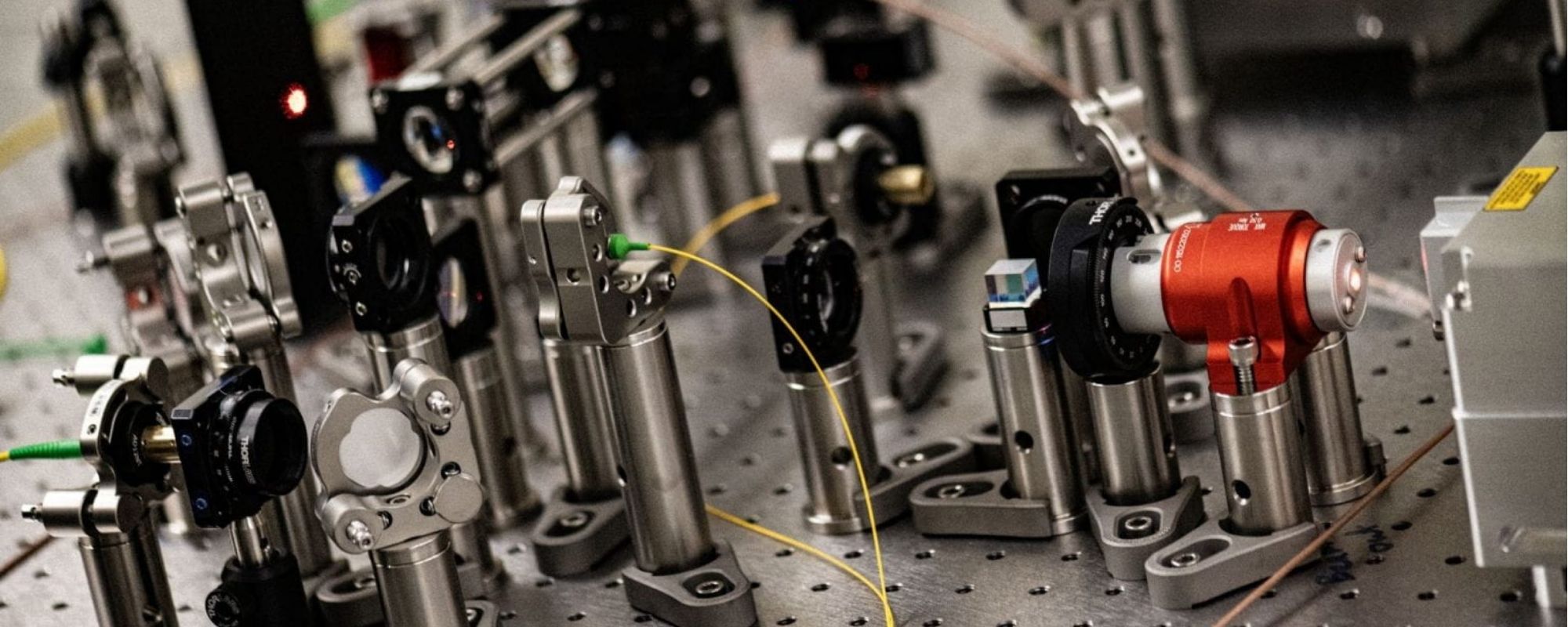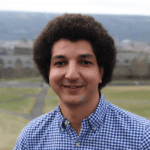Biological and Biomedical Electrical Engineering consists of both applied and fundamental work to understand the complexity of biological systems at different scales, from a single neuronal or cancer cell all the way to the brain or malignant tumor. The research aims to develop new hardware and computational tools to identify, characterize, and treat diseases. In the physical domain, electrical engineering approaches to integrated microsystems lead to new biological and medical sensors. These sensors consist of state-of-the-art ultrasonic, RF, optical, MRI and CT electrical impedance transducers.
With the integration of sensors, electronics are used to develop implantable and wearable devices, with decreasing size, weight and power, and increased functionality. Bio-electrical engineering microsystems can help create interfaces for sensing and actuation to help understand the physiological and pathological mechanisms of diseases, and enable advanced robotic interfaces in medicine.
Research Area Faculty
-
![Farhan Rana]()
Farhan Rana
Director of Undergraduate Studies Joseph P. Ripley Professor of Engineering and Associate Director


























